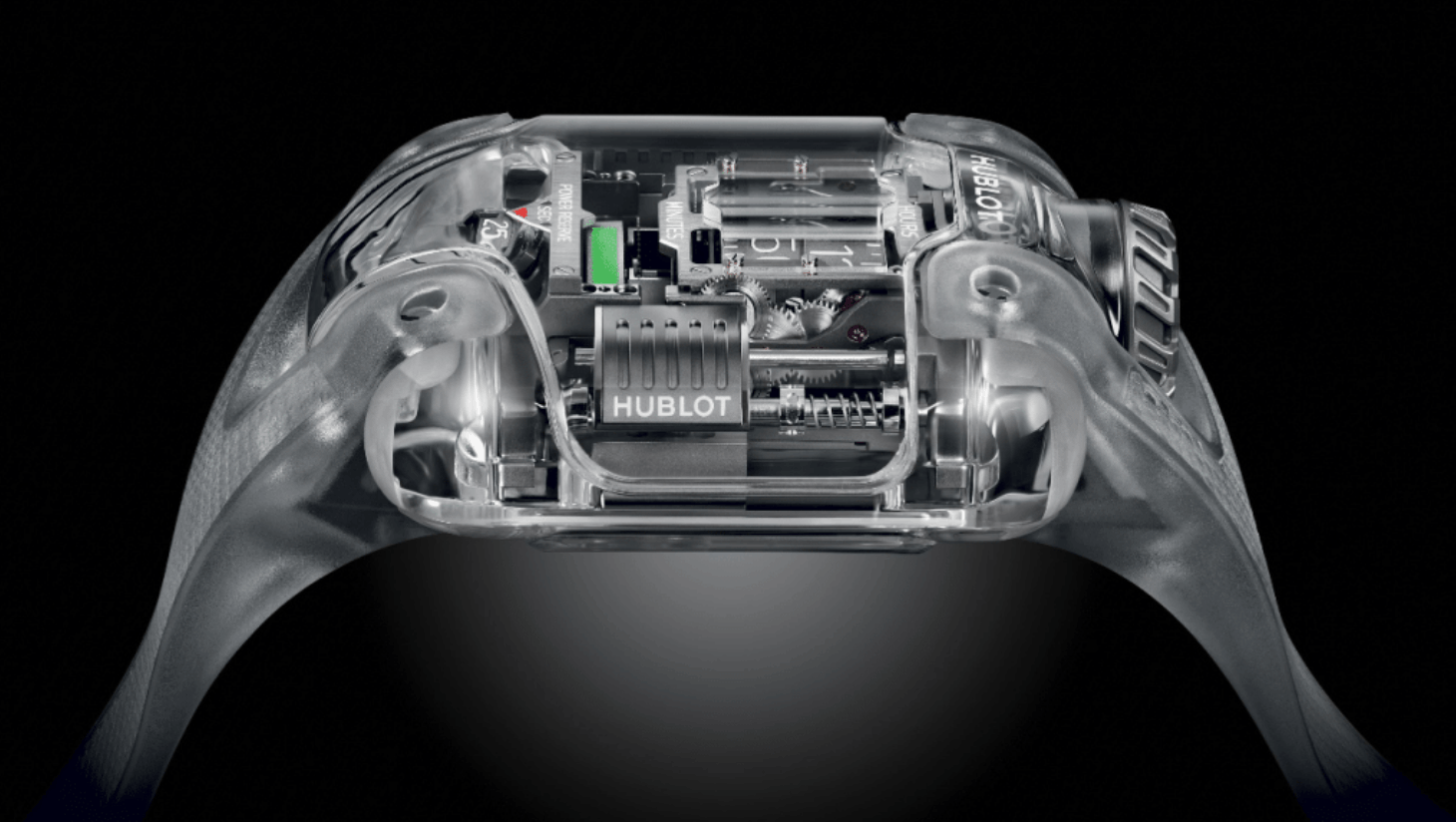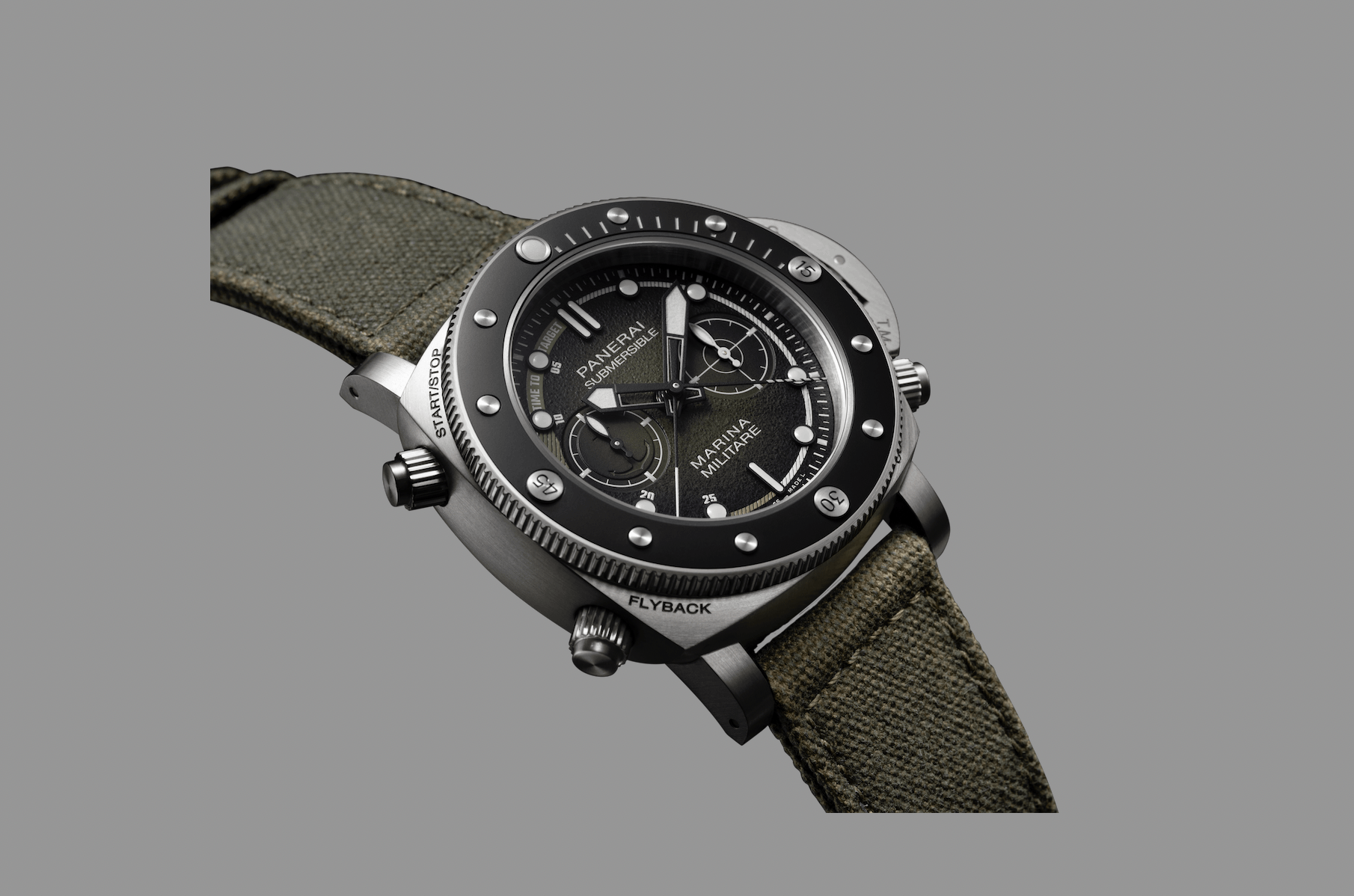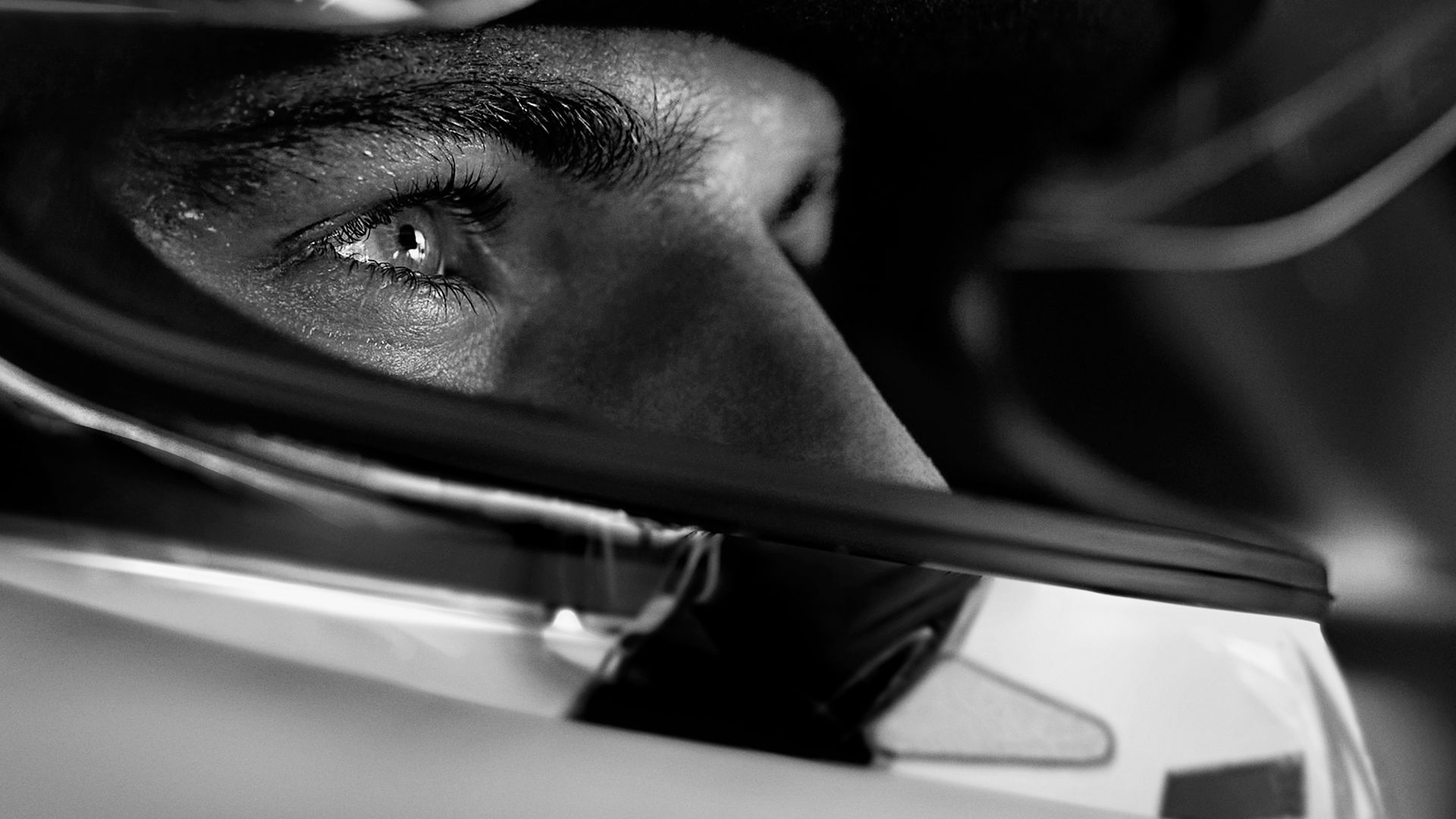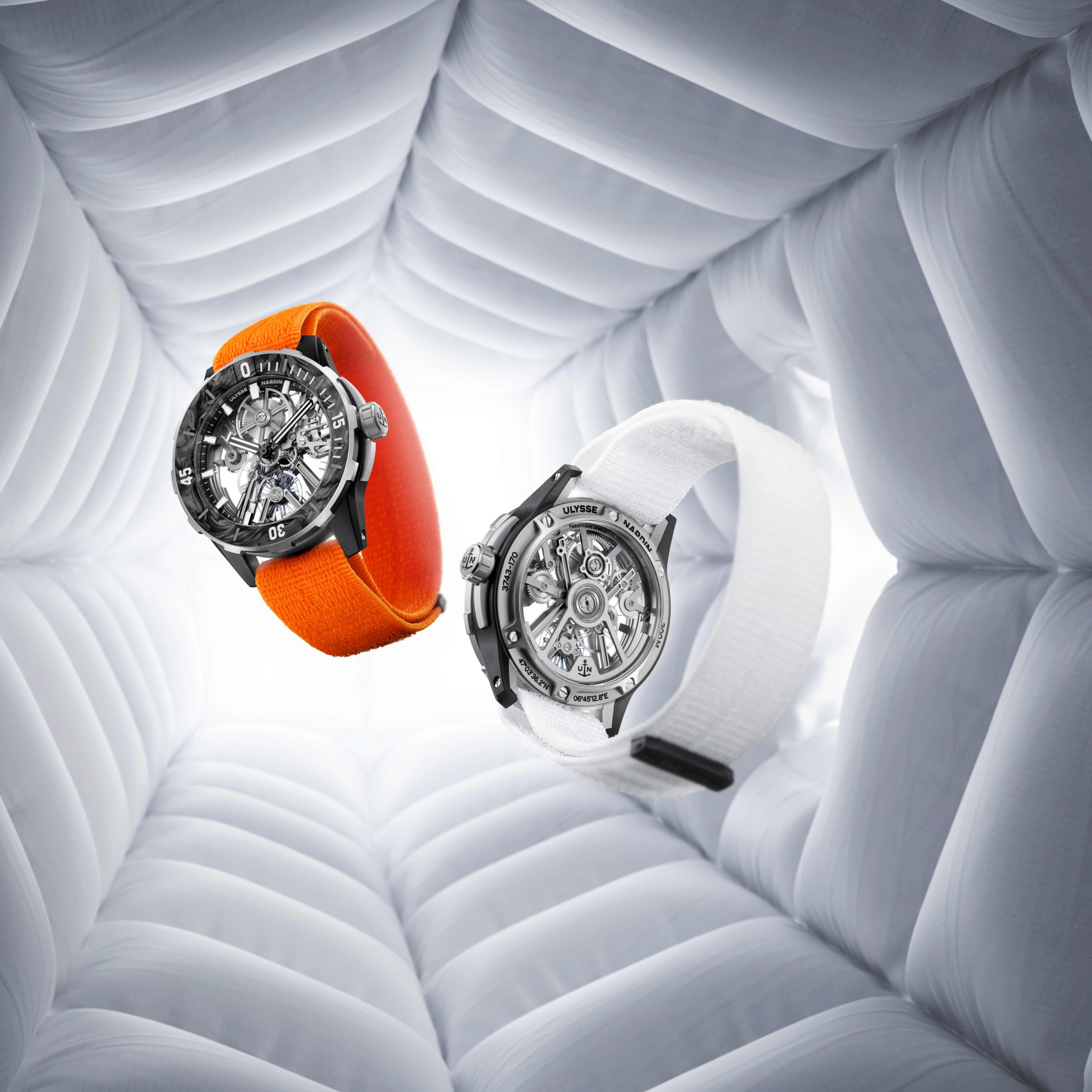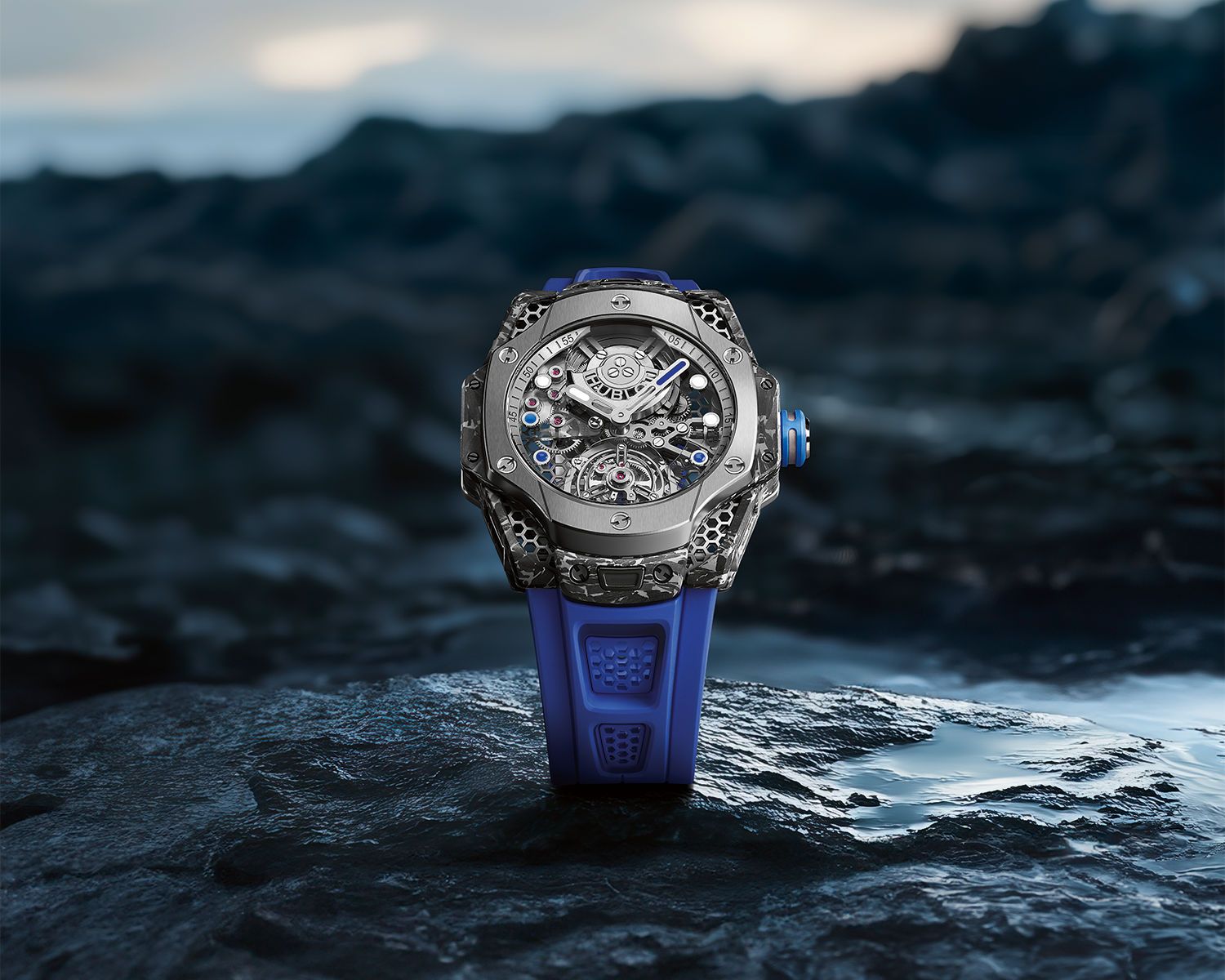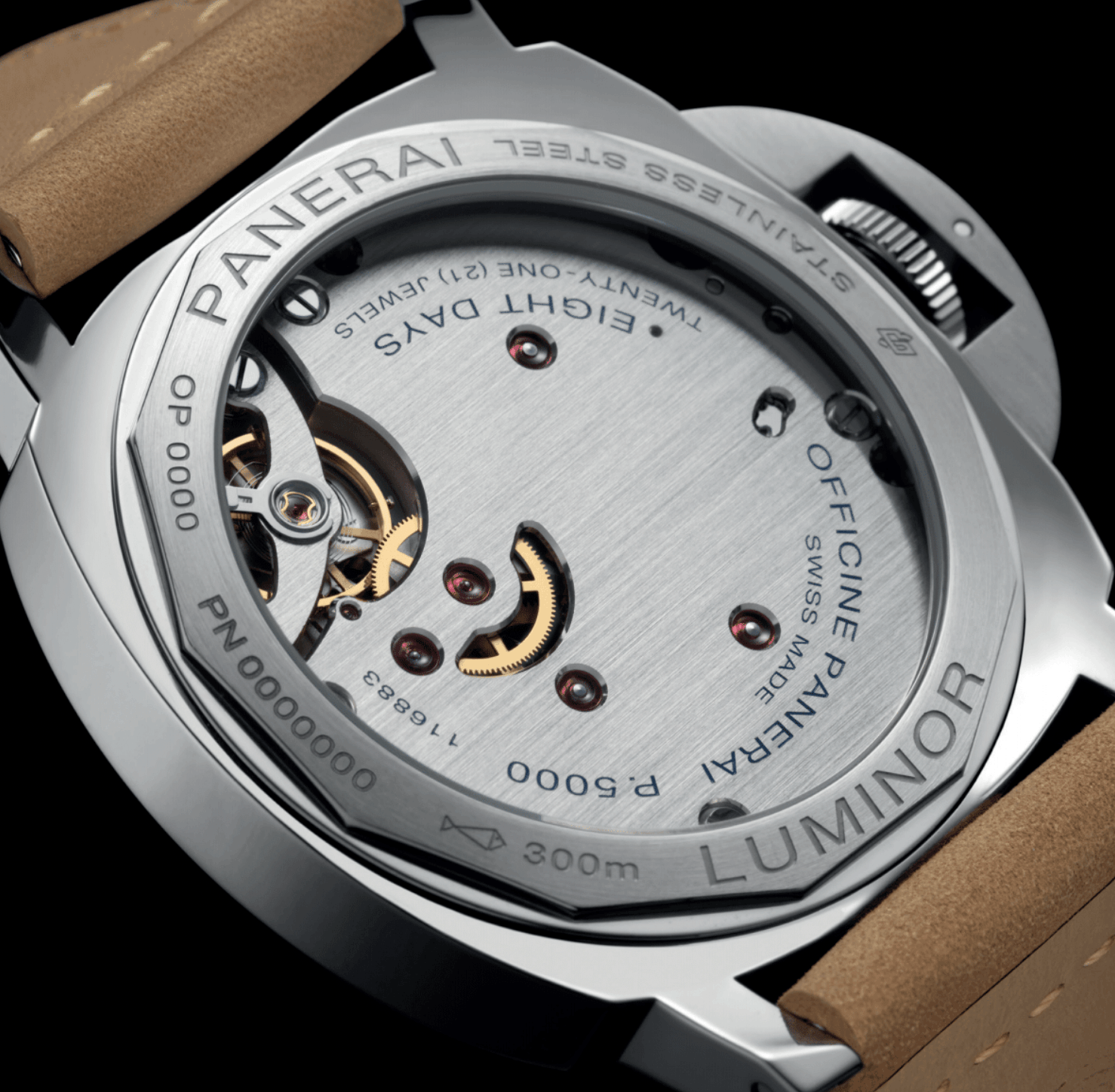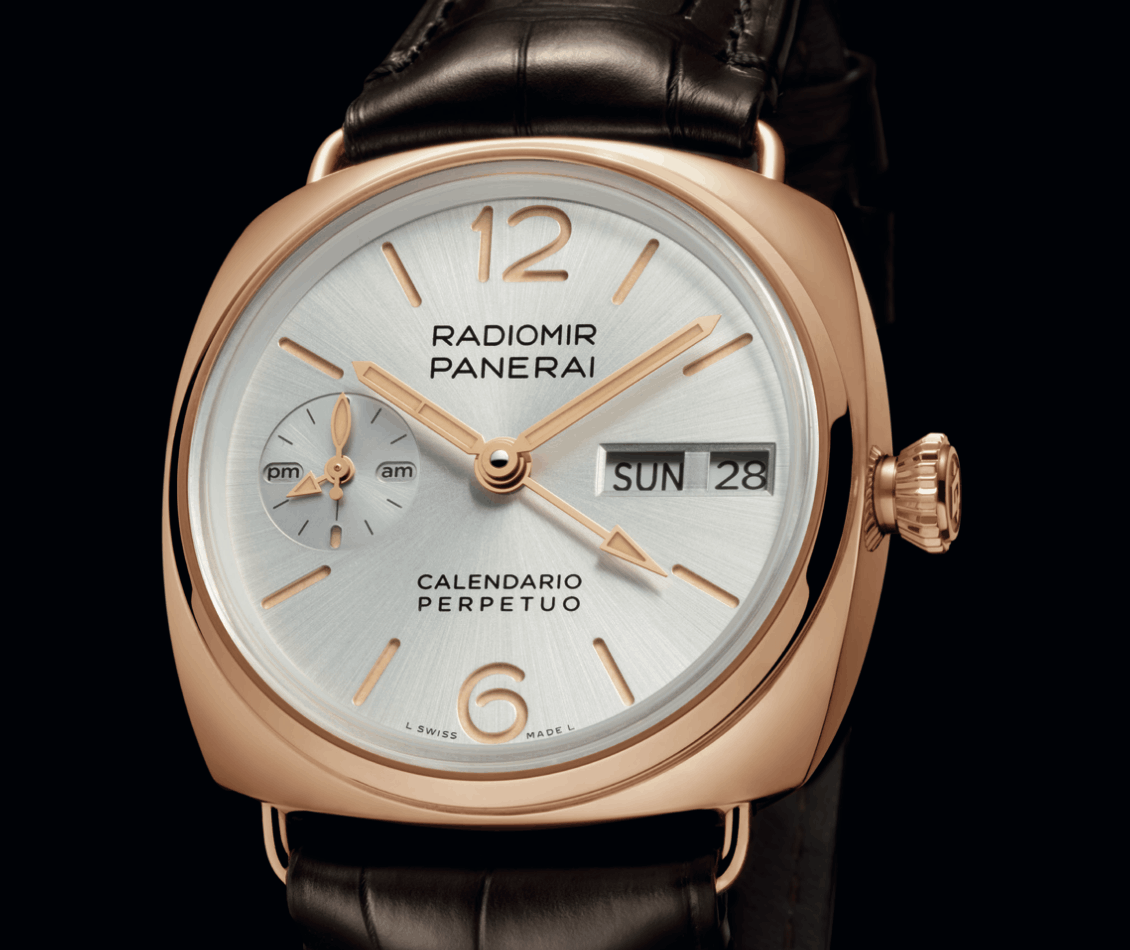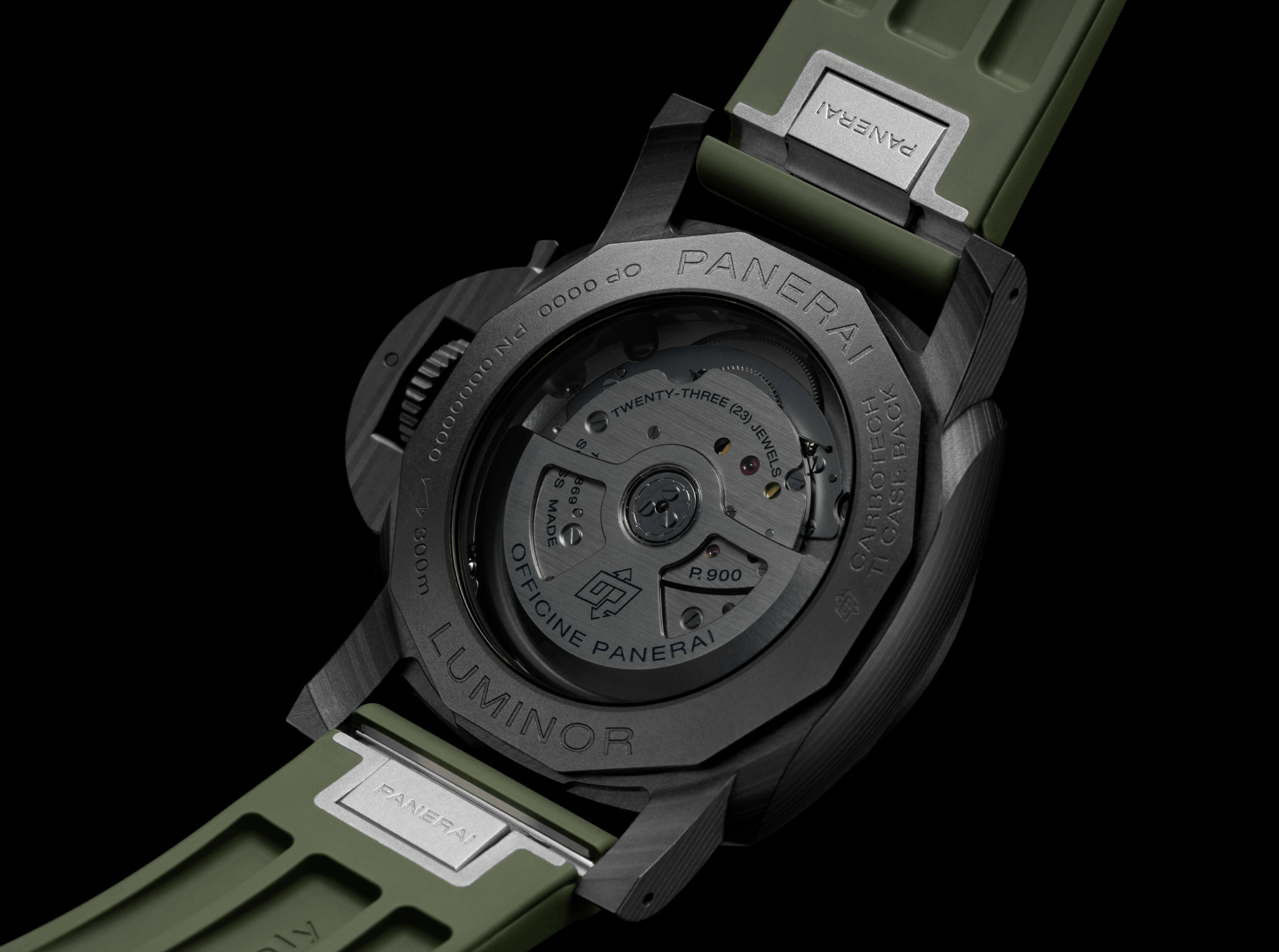PERPETUATING A DREAM:THE EXCALIBUR GRANDE COMPLICATION

Mr. Roger Dubuis was a dedicated watchmaker who spent his lifetime imagining new and expressive
ways to celebrate the most iconic complications. On the 30th anniversary of his namesake Maison, the
watchmakers he inspired are proving that their founder’s emotive dream is still in beautiful motion.
Introducing the Excalibur Grande Complication.
Not only does this exclusive timepiece honour 30 years of a singular watchmaking journey, but it also combines the rarity of three prestigious complications and a Biretrograde signature, all stamped by the excellence of Poinçon de Genève certification.In high horology, each of these complications is known for its deep complexity in design, and here, they combine as a testament to Roger’s mastery as a watchmaker. His extensive years of industry experience and knowledge propelled him to create timepieces that were not only engineered with his exceptional mechanical skill, but also enhanced by his expressive touch.This new timepiece allows the Maison to highlight that enduring ethos in true Roger Dubuis form.
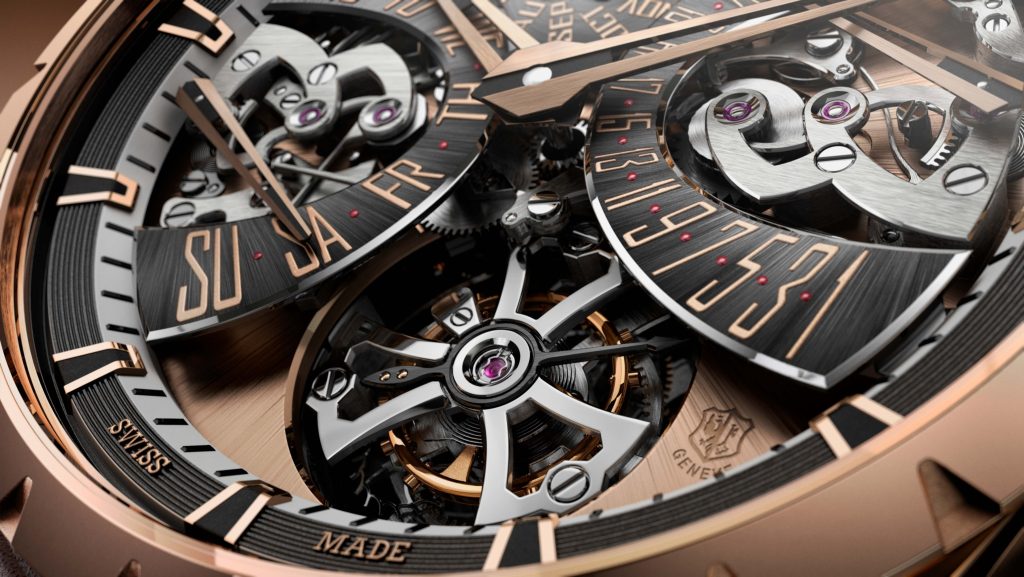
Playing with mechanisms is deeply ingrained in the DNA of this Maison. Mr. Roger Dubuis was fascinated by the world of complications and used his love for the craft to perpetuate and evolve their historic value, while also passing on his knowledge to future generations. With that inspiration in mind, the watchmakers at Roger Dubuis delivered their first 100% in-house Grande Complication calibre in 2009. A Grande Complication is the title given to any watch that is fitted with at least three additional functions. The RD0829 fulfilled that stipulation by including three of the most prestigious complications in watchmaking, including a perpetual calendar, a minute repeater, and a flying tourbillon double micro-rotor. Now, in 2025, the second Grande Complication calibre is born.
Building a perpetual calendar is no easy feat. For Mr. Roger Dubuis, however, the difficulty was part of the attraction. This was his favourite complication, and as a particularly patient watchmaker, he found great joy in spending time on the mechanism’s intricate craftsmanship. Roger knew that the perpetual calendar was very hard to master, and that “definitely scared everyone.” But his unique approach was all about feelings, and getting these feelings into your hands in order to regulate it properly. It’s the exact sort of passion and dedication that encapsulated his entire lifetime’s work.
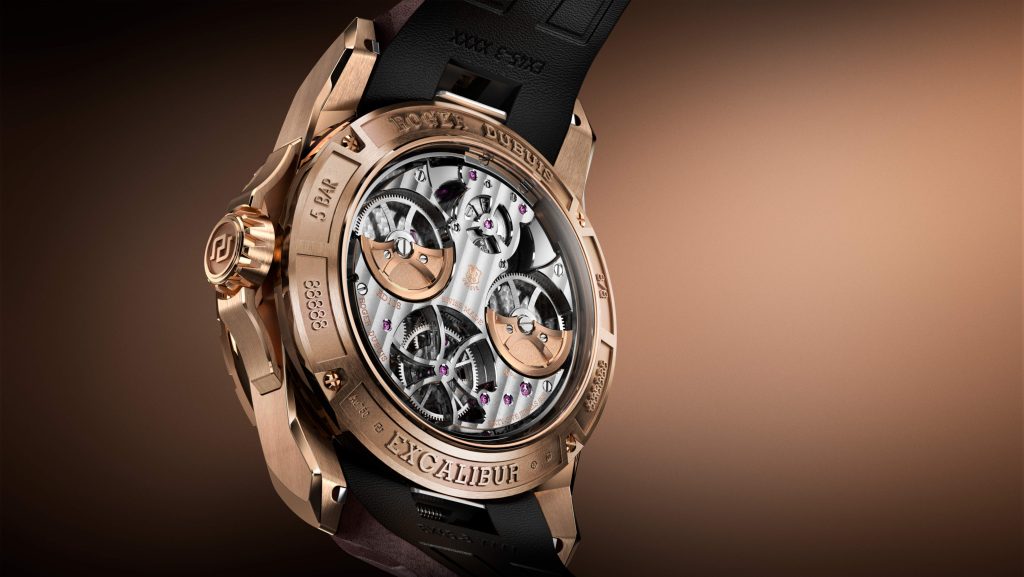
Indeed, the perpetual calendar requires a steady level of perseverance in design. To account for the complexities of the Gregorian calendar, it must be built with a faultless mechanical memory, allowing it to remain accurate for decades into the future. This includes the automatic calculations for months with 28, 30, or 31 days, as well as the adjustment for leap years, which take place every four years. By meeting this necessary and highly elaborate demand, the Excalibur Grande Complication does not require any manual correction until the year 2100 – and then not again for 100 more years. This perpetual calendar then goes further still, by presenting its information on a Biretrograde display – which allows the calendar’s hands to move gracefully along the semi-circle scales, before immediately returning to zero at the end of their cycle.
There are many stand-out milestones in the career of Mr. Roger Dubuis, but his development of the Biretrograde display is one of the most memorable. In partnership with Jean-Marc Wiederrect in the 1980s, he created numerous calibres and registered patents that were truly innovative for their time. One of these was for a co-patented retrograde display system, which the two watchmakers optimized and modernized in their own talented way.
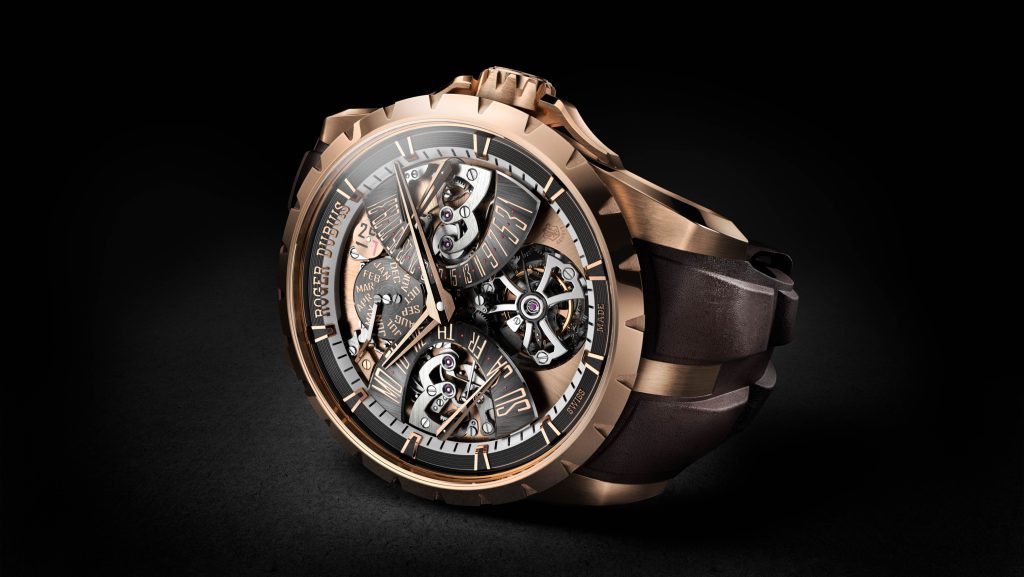
This co-patent later became the basis for the very first Roger Dubuis watch in 1995. Today, the Biretrograde display seen in the Excalibur Grande Complication includes an individual scale for the day of the week, and another for the day of the month, both equipped with the Excalibur’s skeletonized hands featuring a semi-instantaneous jump. Accompanying the scales, there is also a month disc between 11 and 12 o’clock, and a small leap year indication alongside.
Sometimes, listening is just as beautiful as looking. With the Excalibur Grande Complication, this sentiment is certainly true, courtesy of the Minute Repeater complication that is built into the calibre. Invented as a means of telling the time at night before the advent of electric lighting, the Minute Repeater is considered one of the most challenging horological complications and requires the watchmaker to act like a musician – carefully adjusting and fine-tuning the sounds as if the timepiece were an instrument.
Here, the tritone chime is activated via the pusher on the left-hand side of the case. The information on each cam is mechanically read by the Minute Repeater’s main feeler-spindle system, which passes it on to the racks enabling the hammers to strike the gongs.
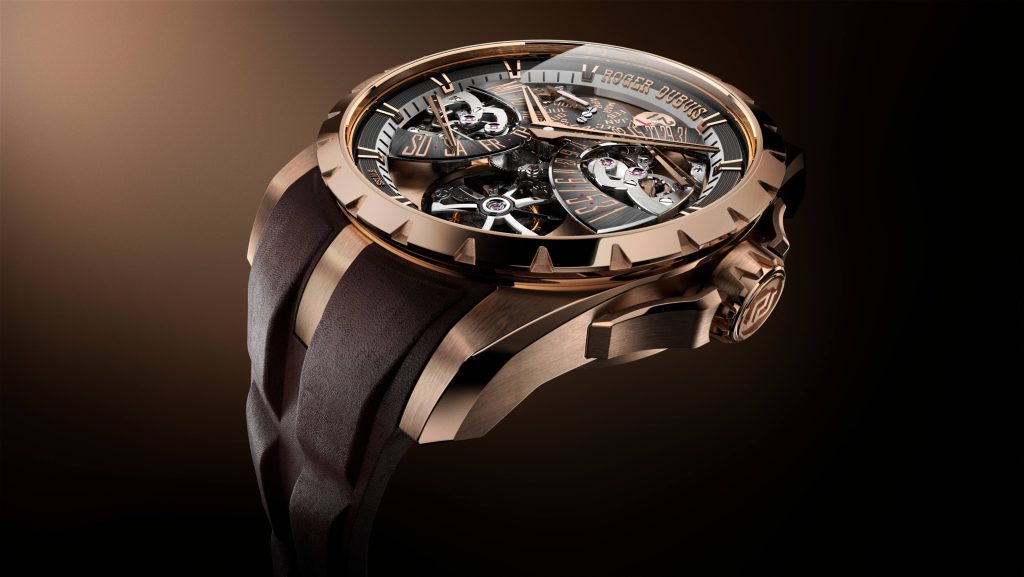
Just like the Excalibur Diabolus in Machina, which was released in 2020, Roger Dubuis’ Minute Repeater is distinctive for its musicality, and the special attention paid to its melodic arrangement. The sound produced is a rather unsettling interval that does not conform to expectations. Known as “the devil’s chord” or the “diabolus in musica” during medieval times, the tritone chime rings a low pitch for the hours, a high pitch for the minutes, and two tones for the quarter hours. Consisting of three tones, or six semitones, the devil’s chord was strictly prohibited in religious compositions. Yet that dissonant interval has still played a crucial role in compositions ever since, typically giving its nuances and colours to the structure of blues music. Roger Dubuis has also implemented one other advanced function in this Minute Repeater complication. For extra security, the “all or nothing” mechanism requires the pusher to be pressed all the way in. Only then can the chime be activated, eliminating the risk of harming the mechanism by accidentally triggering it.
















